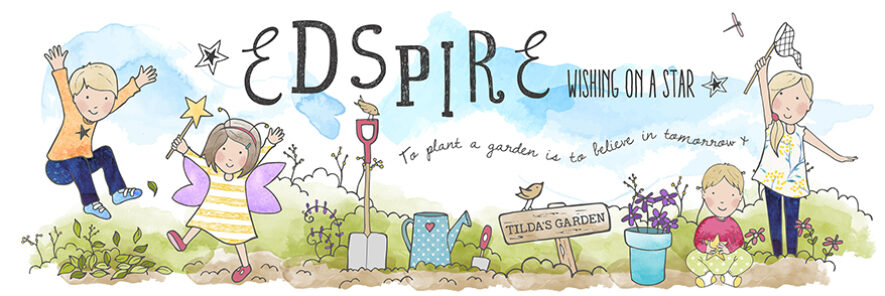“Looking back on his time in Myanmar Williams reflected that: ‘I have found my happiness not in considering myself a Homo sapien set apart from the rest of creation, but in seeing that I fit with the rest of nature, what are called so wrongly the animal and vegetable kingdoms. I believe that plants and animals have an immediate sensitiveness, an awareness of loving, of what is good and what is perilous, that we humans cut ourselves off from to our own detriment, that is what the jungle has taught me.’”
WOW!
Bandoola: The Great Elephant Rescue is a stunning book. An illustrated retelling of the life of an extraordinary elephant born in the jungles of Myanmar. It is also the story of James Howard Williams, Elephant Bill.
Bandoola was a male Indian elephant, a tusker. We learn about his life as a timber elephant. Through the story of one elephant we learn about what life will have been like for many. In Myanmar elephants are not only economically vital they are also of great cultural and historic importance. The elephants and their carers, oozies, form strong bonds. After fighting in the First World War Willliams travelled to Myanmar where he worked for the Bombay Burma Trading Corporation, and worked alongside the elephants, including Bandoola.
Through this beautifully illustrated book we are transported to the jungle of Myanmar. We gain a sense of what life was like for the elephants and their humans. We see how Williams was enchanted by the gentle giants.
Through the pages of this story we learn about the working conditions of the elephants, how much weight of timber they had to pull and lift, how each elephant was assigned a role according to their strength and character. We learn about the harsh way elephants were trained for their work, and how Williams and an oozie called Po Toke worked to improve things.
There is so much detail in this book, facts about elephants, the history of Myanmar, the damage caused to the country by the rule of the British Empire, the training and work of timber elephants, the transportation and removal of Teak from the forests.
Young readers and their grown ups can learn about elephant school and the creation of an elephant hospital. We learn how one elephant saved a man’s life, Bandoola and Williams when he was struck down with Malaria.
We also learn about the incredible work, vital work, the elephants did during the Second World War.
“The world war had grown so vast that it was now raging between the British and the Japanese, leaving the Myanmar people caught in between. As the Japanese army invaded Myanmar, elephants, oozies and all camp inhabitants were now in mortal danger. Life as Williams and Bandoola had known it was about to change forever.”
Elephant Company led by Bandoola, Number One War Elephant, helped the British by building hundreds of bridges, widening paths and carrying supplies and weapons.
Their most remarkable achievement and most perilous challenge of Elephant Company was escorting refugees, oozies and elephants out of the firing line to the sanctuary of the British zone of Myanmar. It was a long and dangerous, impossible, journey that was undertaken with 64 women and children, 53 elephants, 40 armed soldiers, 90 oozies and assistants and four British military officers. It should have been impossible but it was one of the most miraculous escape missions the world had ever seen.
This hugely emotional book tells the story of the rescue mission. It beautifully illustrates how amazing elephants are, what courageous creatures they are and how important. This true story shows the strong bonds forged between elephants and humans, the trust that they share.
This is a wonderful way to look at the Second World War with children from a different viewpoint. Another way to show the sacrifices made, the cost of war and how people and animals came together to survive.
William Grill writes this story with passion, understanding and sensitivity. It is a truly moving reimagining of the story of Elephant Bill and Bandoola.
It reminds us all of the enduring bond between humans and animals and why we must protect them.
A brilliant environmental story, a way to talk to children not only about war but also habitat destruction and why we must do more to protect and preserve our planet and all we share it with.
A powerful picture book and with COP26 and Remembrance Day in the coming weeks, a perfect book to share with children this November. I will definitely be reading it with mine.
“Even though we know elephants are intelligent and sensitive, we’ve used them to meet our own needs for thousands of years. Elephants have served humans as living tanks in wars, as status symbols, as tractors and transporters, as amusements at the circus or zoo, and as ornaments on our walls. Perhaps the final stage in our relationship with these animals will be a different one, one where we respect their right to be free.”
We were sent a copy of this book in exchange for an honest review
